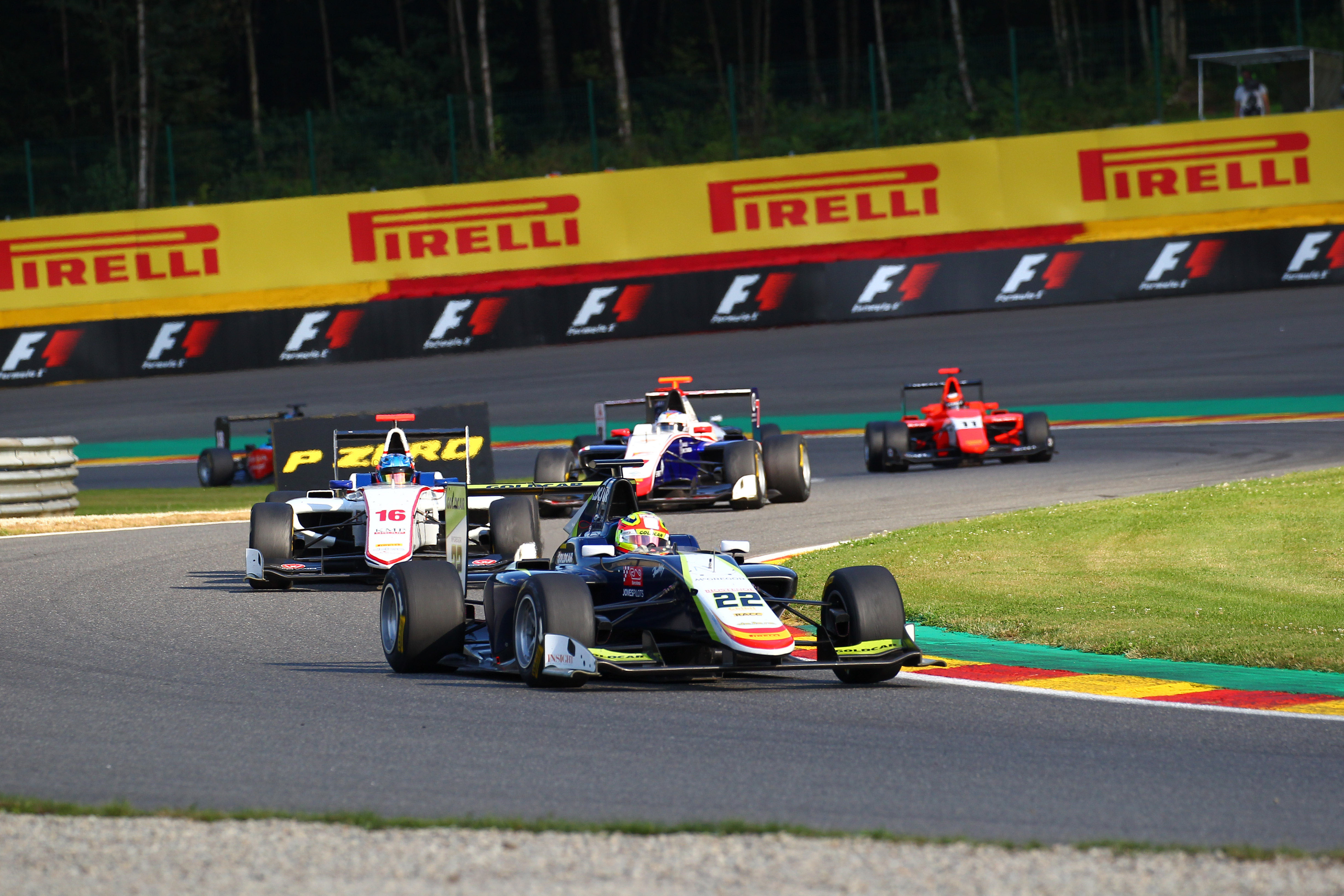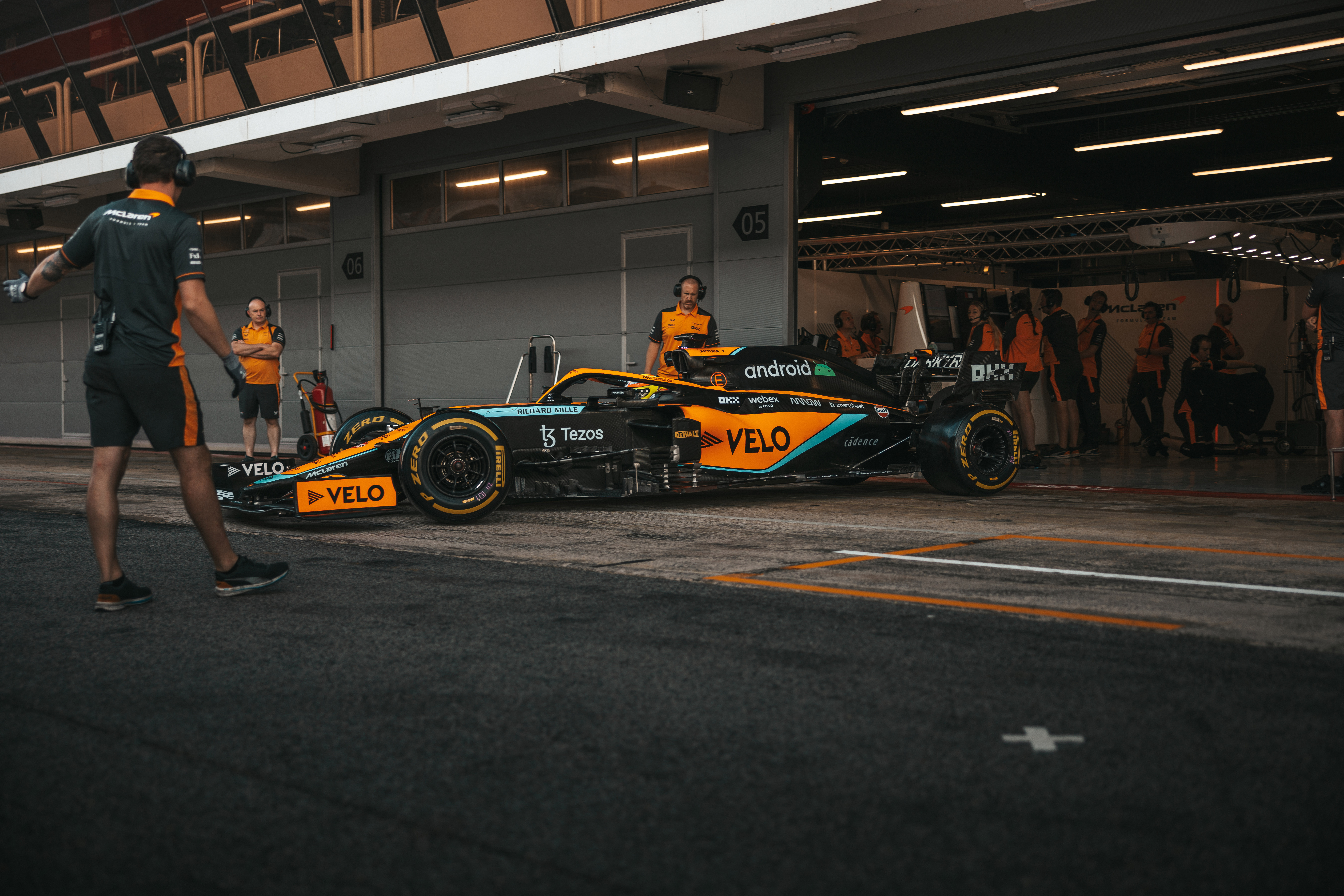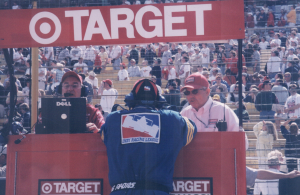Up Next

Last year, Colton Herta was a handful of superlicence points away from making the first proper IndyCar-to-Formula 1 switch for 15 years.
Red Bull knew the risks: Herta’s limited European experience, his lack of familiarity with the Pirelli rubber that drivers in Formula 2 and Formula 3 develop with, and the mixed results such a switch has produced in the past.
But that wasn’t enough to deter Red Bull, which was ready to place Herta in this year’s AlphaTauri had a solution to Herta’s lack of enough superlicence points been found, an issue that led to Red Bull picking Nyck de Vries instead.

Now there’s an even greater reason for F1 teams to start paying more attention to the US series – with one of the most convincing IndyCar points leaders in recent times possessing answers to the question marks over Herta’s switch bid.
Alex Palou picked up his third win in four races last weekend at Road America to extend his points lead to 74 just before the mid-point in the season.
Barring Scott Dixon’s crushingly dominant start to the COVID-delayed 2020 season, that’s the biggest championship advantage eight races into a season of any IndyCar points leader of the last decade.
Palou also has incredibly good average qualifying (3.5) and average finishing (3.5) records this year, the best in the field in both categories by a sizeable margin – Pato O’Ward (4.9 average qualifying) and Palou’s Ganassi team-mate Marcus Ericsson (5.9 average finish) are the next-closest drivers.
Palou is at the peak of his powers in IndyCar. His title-winning season in only his second year in the championship was incredibly impressive but this year feels like a further step up.
There was clever, strategic championship-management in 2021 and while there’s evidence of that this year, it’s really just sheer brute-force performance that’s put Palou in this position.

His dominant win in last year’s Laguna Seca finale really was a sign of things to come as he blew everyone else away at the Indianapolis road course with a 16.8006-second winning margin – far more akin to F1-style domination than anything usually seen in IndyCar – and back-to-back wins in Detroit and at Road America only cemented his status as IndyCar’s man to beat this year.
That should make F1 teams notice beyond his current likely 2024 IndyCar employer McLaren, which he will carry out race-attending F1 reserve driver duties for once his current IndyCar campaign is finished in September.
Of course, McLaren is unlikely to have a free F1 race seat anytime soon. It fought so hard for Oscar Piastri and the Australian is enjoying a perfectly solid rookie season that will surely keep him at the team for 2024.
Its star driver Lando Norris may be the target of rival teams but he signed a long-term deal last year that should keep him at the team until at least the end of 2025.
So clearly Palou would have to look elsewhere if he’s serious about making the switch to F1 – something that seemed crucially important to Palou and his management amid the Ganassi-McLaren contract storm last year.
And there’s a proper argument for certain F1 teams at the very least evaluating the possibility, especially if the positions of the likes of De Vries and Logan Sargeant beyond 2023 become more unstable.
After all, Herta was deemed an appropriate choice by Red Bull and Palou is arguably a greater prospect, possessing qualities that would eliminate some of the doubts over Herta and previous drivers at the centre of switch rumours.
Firstly and most importantly Palou would be fully eligible. The points from his first IndyCar title are enough on their own outside of the additional points for finishing fifth in IndyCar last year and the F1 mileage he’s clocked up with McLaren already.

Palou also has the ultra-consistency and low error rate that might have threatened Herta’s chances of succeeding if he’d switched.
He’s also replicated Herta’s best asset – devastating raw pace – on multiple occasions in 2023 and prior, something that’s evidently a necessity to have any chance of succeeding in F1.
A title in only his second IndyCar season and having the measure of his far more experienced team-mates – ex-F1 driver Ericcson and six-time IndyCar Scott Dixon – more often than not proves he’s a fast learner and is operating at an extremely high level in IndyCar.
His analytical ability is also super impressive, catching the eye of Ganassi’s special projects engineer Jim Hamilton – a former Apollo space mission engineer and spy tech designer, whom you can read more about here – who noted Palou’s ability to identify set-up improvements that address weaknesses without compromising other strengths.
It’s the kind of asset that would be incredibly useful in F1 where identifying the right set-up direction can be the difference between a good and bad weekend.
Palou also has the extensive European racing experience that’s always a big helping hand to F1 rookies, and something Herta was lacking.

Herta had two years of experience, one of which was limited to the UK, compared to the five years Palou had alongside experience of Japan’s ultra-tough junior ladder and Super Formula too.
The Pirelli rubber is often a stumbling block for rookies but Palou spent two years in GP3 (now Formula 3) and had a two-weekend cameo in Formula 2 so he has some knowledge of the demands of the degradable rubber, coupled with his own experience in IndyCar in Super Formula.
It was in GP3 that Palou caught the eye of those following the series closely. He didn’t get the race results to match – due to a mix of factors including team deficiencies, lack of experience, and struggles with tyre wear – but Palou’s qualifying record in only his second year in cars with the unfancied Campos squad marked him out as one to watch.
That was untapped potential that he delivered on subsequently in both Super Formula and IndyCar, something that makes him far more of a rounded F1 prospect than he ever was while racing on F1’s ladder.
He was impressive too during his F1 FP1 debut in Austin last year, comparing well to his (brief) ex-F2 team-mate Norris, and he’s clocked up further mileage during private tests at the Red Bull Ring, Hungaroring and Barcelona.
Palou doesn’t yet appear to be on any F1 team’s radar for 2024 but things change quickly in silly season. The idea of Herta or De Vries earning a 2023 F1 driver seemed fanciful at times last year until it wasn’t.
And wouldn’t it be ironic for McLaren’s own aggressive recruitment strategy to be used against it by one of its F1 rivals stealing a top prospect from under its nose?

Perhaps McLaren has already thought of that, prompted by its own contract disputes with Ganassi and Alpine last year, but any interested rival could potentially offer something McLaren can’t: an F1 drive. Never underestimate the power of that carrot in negotiations.
And of course as the court documents released in the wake of the Ganassi/McLaren dispute last year revealed, Palou can’t talk to other teams or sign a post-2023 contract until September 1, even if amendments or separate agreements could have been made since.
The driver Palou has become in IndyCar makes him absolutely worthy of that kind of swoop – or, at the very least, worthy of some F1 teams considering such a move should a 2024 vacancy arrive.







